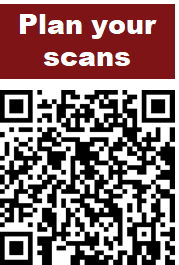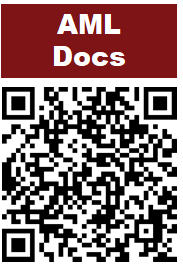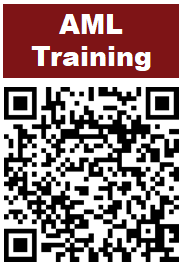Overview
The Automated Mineralogy Lab (AML) stands as an exceptional and state-of-the-art petrographic laboratory located at the Center for Integrative Petroleum Research, College of Petroleum Engineering & Geosciences. This advanced facility is equipped with the latest technological advancements in mineralogical analysis, enabling researchers and scientists to delve deep into the intricate composition of rocks, minerals, and geological samples. Utilizing cutting-edge automated systems, the laboratory offers a wide range of capabilities for comprehensive petrographic investigations. The laboratory employs automated mineralogy (AM) techniques, which harness the power of sophisticated instruments and software to rapidly and accurately identify and quantify minerals present in various samples.
The AM has a wide range of applications in fields such as geology, mineralogy, petrology, mining, and the petroleum industry. It is used for mineral identification and quantification, petrographic analysis, characterization of geological materials, metallurgical analysis, environmental studies, and research and innovation. For example, the demonstration above illustrates the capabilities of AM in visualizing and characterizing the mineral phases present in sandstone samples. The AM laboratory provides valuable insights into the composition and properties of geological samples, aiding in mineral exploration, resource estimation, ore processing, reservoir evaluation, environmental monitoring, and scientific advancements in mineralogy.
For further information, please contact us at aml@kfupm.edu.sa
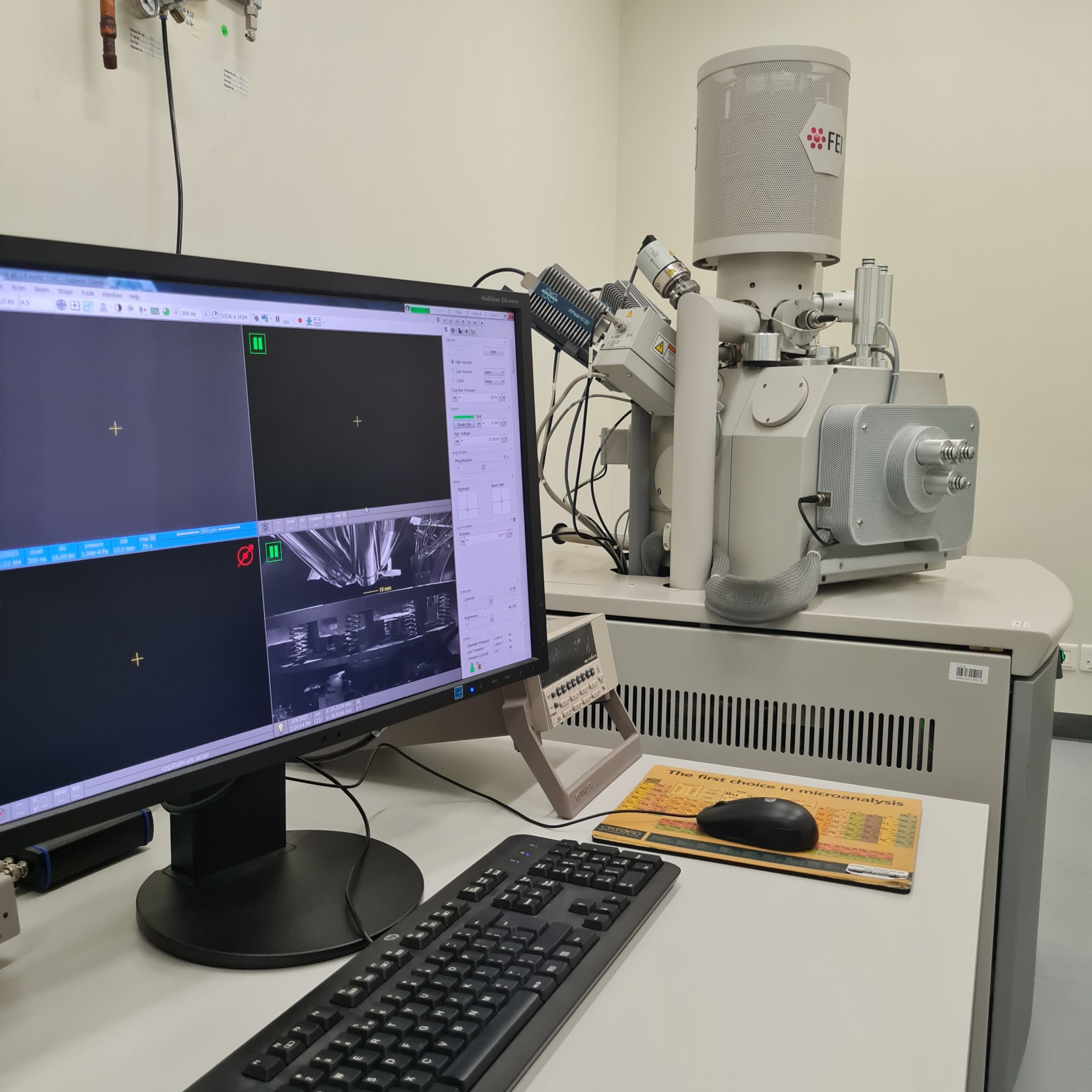
AM applications across disciplines
Automated Mineralogy has a wide range of applications in fields such as geology, mineralogy, petrology, mining, and the petroleum industry. It is used for mineral identification and quantification, petrographic analysis, characterization of geological materials, metallurgical analysis, environmental studies, and research and innovation. For instance, see below a demonstration that highlights the capabilities of AM in visualizing and characterizing the mineral phases present in sandstone samples. The laboratory provides valuable insights into the composition and properties of geological samples, aiding in mineral exploration, resource estimation, ore processing, reservoir evaluation, environmental monitoring, and scientific advancements in mineralogy.

The images above showcase an example of AM techniques applied to sandstone samples. The example includes, from left to right, a backscattered image captured using a secondary electron microscope (SEM), an elemental map obtained through energy-dispersive X-ray spectroscopy (EDS), and a surface mineralogical map achieved through automated mineralogy analysis. ⓒ AML.
AML Instruments
The AML was built to map and quantify minerals for various applications. It has a complete set-up of instruments used in several stages. For instance, for sample preparation, Struers Accutom-50 is used to cut samples, Struers Tegramin-30 is used for polishing, and Q150T Quorum is used for carbon coating. The samples can be thin sections (typically 27 x 46 mm) or polished epoxied plugs (30 mm diameter).
For data acquisition and processing, the AML includes QEMSCAN 650F (Quantitative Evaluation of Minerals by Scanning Electron Microscopy) of FEI (Thermo Fisher Scientific), which is equipped with a Quanta x50 FEG microscope, Dual Energy Dispersive X-ray Spectroscopy XFlash 6/30 Detectors of Bruker, Species Identification Protocols (SIPs), and several acquisitions and processing software (iMeasure, Esprit 1.9, iDiscover, iExplorer, and Maps). The SIP files are designed to analyze sedimentary, igneous, and metamorphic rocks for various applications.
The QEMSCAN 650F is mainly operator-independent, time-efficient, and generates reproducible and statistically valid results. For specific details, the main equipment and setting parameters are given below:
- System: QEMSCAN 650F
- Microscope: Quanta x50 FEG
- Detectors: Dual EDs XFlash 6/30
- Voltage: 15-25 kV
- Current: 10 nA
- Calibration standards: Gold, Copper, Quartz
- Coating machine: Q150T Quorum
- Coating type: Carbon
- Sample holders: Thin section (2.50 x 4.50 mm) and epoxified plugs (30mm diameter).
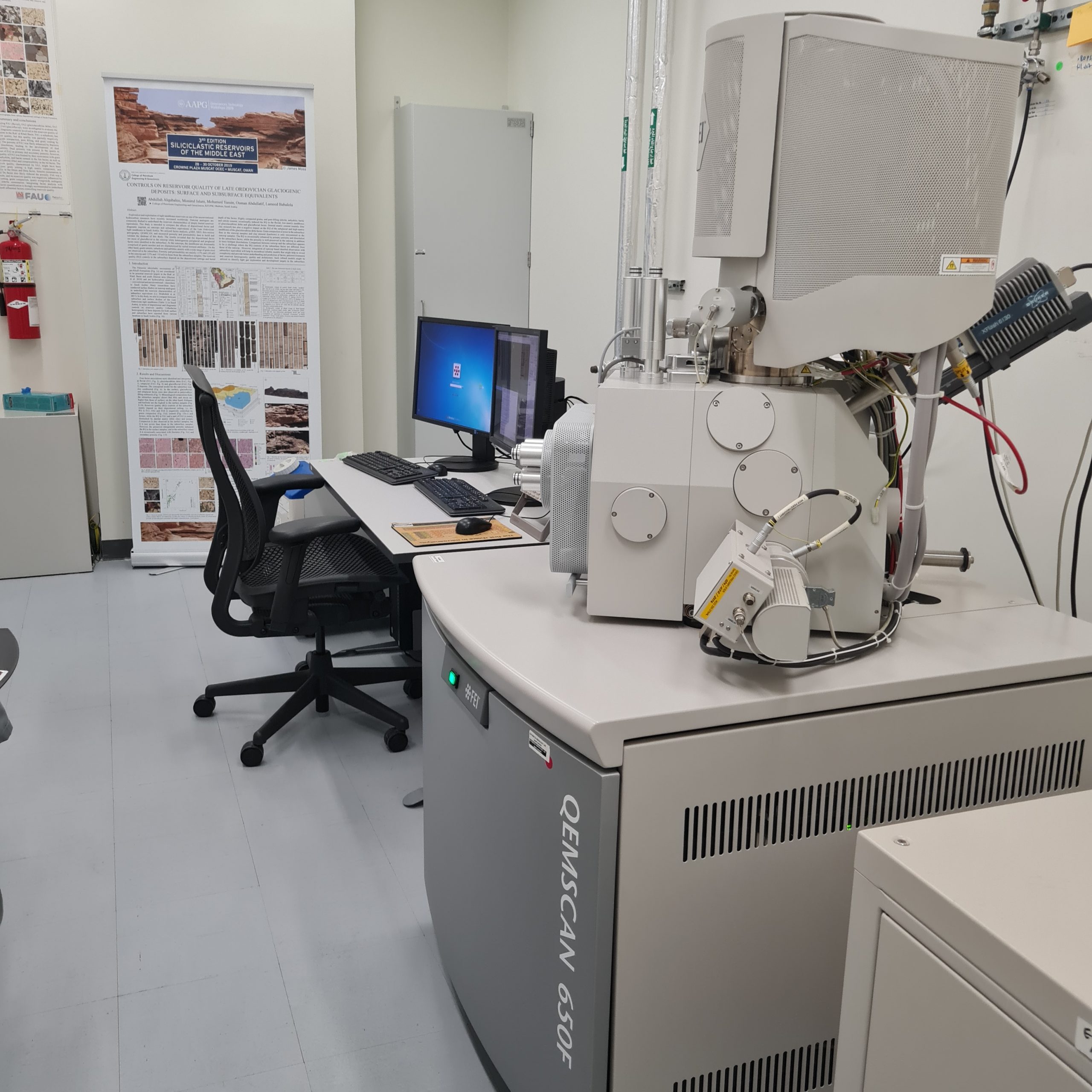
QEMSCAN 650f
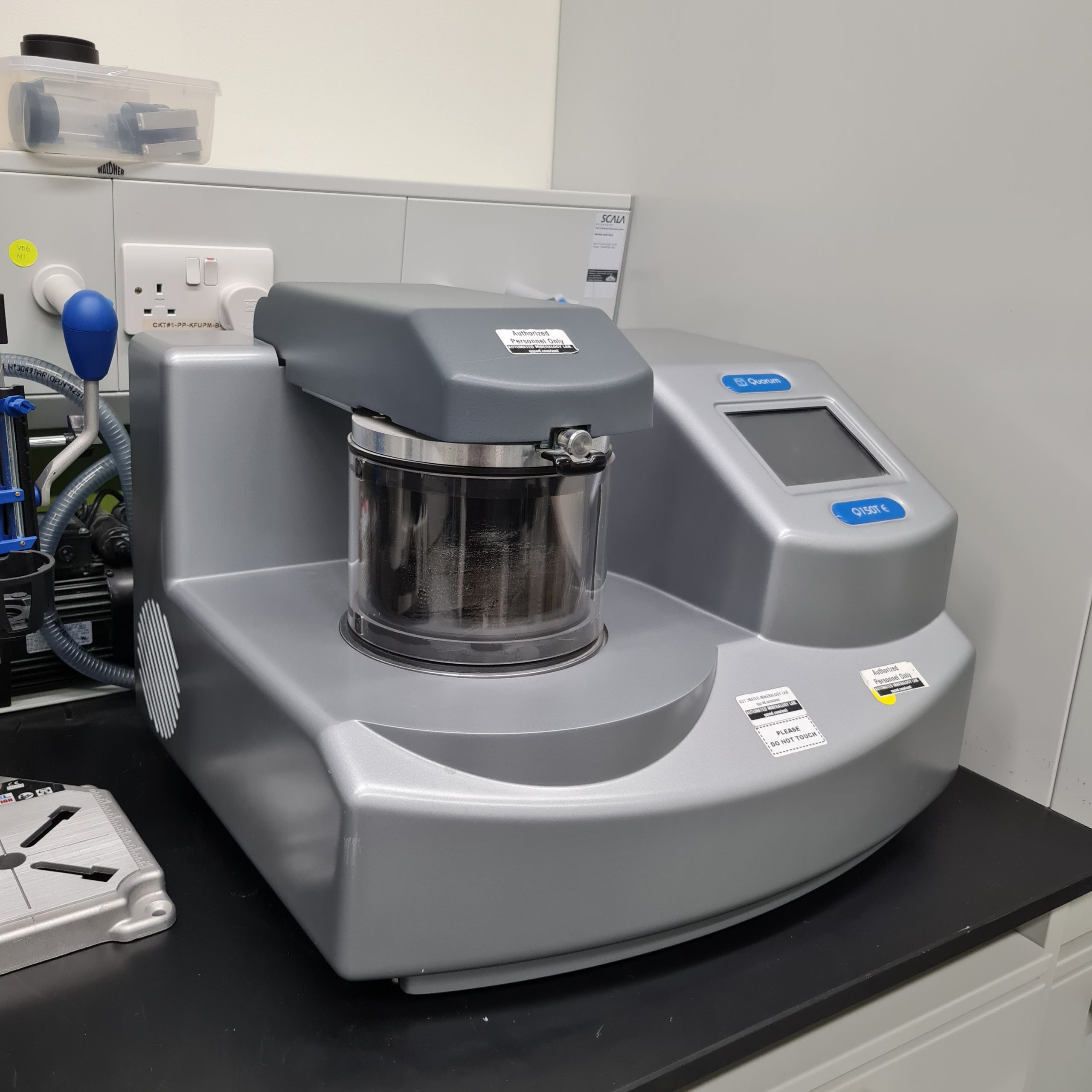
QUORUM Q150TE
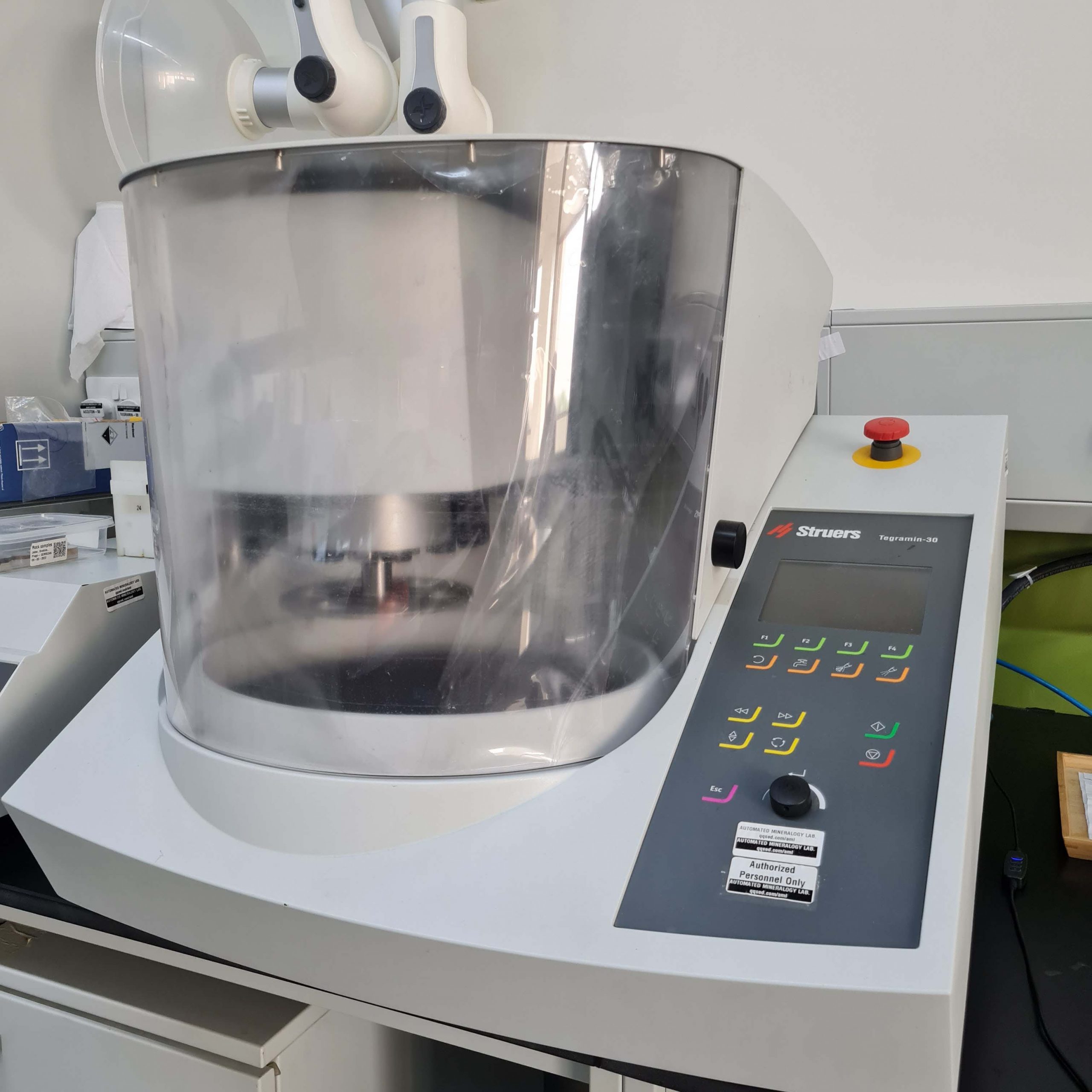
Tegramin-30
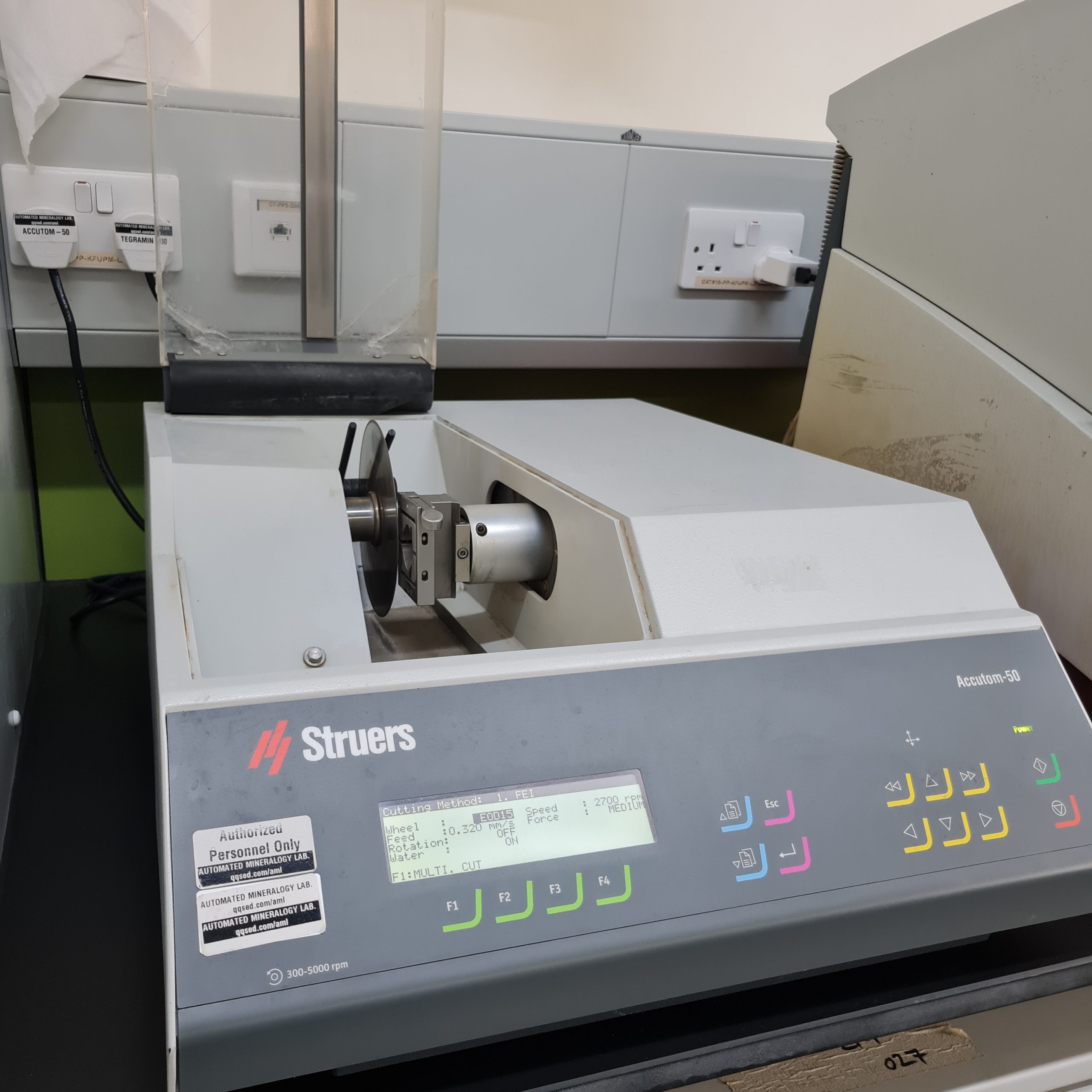
Accutom-50
Request
All KFUPM students and researchers can request sample scanning through our online portal. Before submitting, please review the equipment policy.
Note: Proper sample preparation is required before submission. For assistance, contact Habib or Loui.
For non-KFUPM users, please email aml@kfupm.edu.sa. AML is a research facility and does not provide commercial service quotations.
Documentation
-
To learn more about the AML research activities, we encourage researchers and students to visit the AML Documentation website. This website includes concept explanations, developed workflows, publications, and student theses that utilize AML data. Additionally, various other references are provided. If you are interested in developing a new workflow or have specific inquiries, the AML welcomes all questions and requests at the following email address: aml@kfupm.edu.sa.
-
If you have used one of the instruments, we kindly request your assistance in documenting the tasks performed through the Instruments record. As part of a metadata project aimed at sorting and organizing the data acquired by AML, we would like to collect information about the samples analyzed by the lab through Metadata Control.
Home
Overview
The Automated Mineralogy Lab (AML) stands as an exceptional and state-of-the-art petrographic laboratory located at the Center for Integrative Petroleum Research, College of Petroleum Engineering & Geosciences. This advanced facility is equipped with the latest technological advancements in mineralogical analysis, enabling researchers and scientists to delve deep into the intricate composition of rocks, minerals, and geological samples. Utilizing cutting-edge automated systems, the laboratory offers a wide range of capabilities for comprehensive petrographic investigations. The laboratory employs automated mineralogy (AM) techniques, which harness the power of sophisticated instruments and software to rapidly and accurately identify and quantify minerals present in various samples.
The AM has a wide range of applications in fields such as geology, mineralogy, petrology, mining, and the petroleum industry. It is used for mineral identification and quantification, petrographic analysis, characterization of geological materials, metallurgical analysis, environmental studies, and research and innovation. For example, the demonstration above illustrates the capabilities of AM in visualizing and characterizing the mineral phases present in sandstone samples. The AM laboratory provides valuable insights into the composition and properties of geological samples, aiding in mineral exploration, resource estimation, ore processing, reservoir evaluation, environmental monitoring, and scientific advancements in mineralogy.
For further information, please contact us at aml@kfupm.edu.sa

AM applications across disciplines
Automated Mineralogy has a wide range of applications in fields such as geology, mineralogy, petrology, mining, and the petroleum industry. It is used for mineral identification and quantification, petrographic analysis, characterization of geological materials, metallurgical analysis, environmental studies, and research and innovation. For instance, see below a demonstration that highlights the capabilities of AM in visualizing and characterizing the mineral phases present in sandstone samples. The laboratory provides valuable insights into the composition and properties of geological samples, aiding in mineral exploration, resource estimation, ore processing, reservoir evaluation, environmental monitoring, and scientific advancements in mineralogy.

The images above showcase an example of AM techniques applied to sandstone samples. The example includes, from left to right, a backscattered image captured using a secondary electron microscope (SEM), an elemental map obtained through energy-dispersive X-ray spectroscopy (EDS), and a surface mineralogical map achieved through automated mineralogy analysis. ⓒ AML.
Instrumentation
AML Instruments
The AML was built to map and quantify minerals for various applications. It has a complete set-up of instruments used in several stages. For instance, for sample preparation, Struers Accutom-50 is used to cut samples, Struers Tegramin-30 is used for polishing, and Q150T Quorum is used for carbon coating. The samples can be thin sections (typically 27 x 46 mm) or polished epoxied plugs (30 mm diameter).
For data acquisition and processing, the AML includes QEMSCAN 650F (Quantitative Evaluation of Minerals by Scanning Electron Microscopy) of FEI (Thermo Fisher Scientific), which is equipped with a Quanta x50 FEG microscope, Dual Energy Dispersive X-ray Spectroscopy XFlash 6/30 Detectors of Bruker, Species Identification Protocols (SIPs), and several acquisitions and processing software (iMeasure, Esprit 1.9, iDiscover, iExplorer, and Maps). The SIP files are designed to analyze sedimentary, igneous, and metamorphic rocks for various applications.
The QEMSCAN 650F is mainly operator-independent, time-efficient, and generates reproducible and statistically valid results. For specific details, the main equipment and setting parameters are given below:
- System: QEMSCAN 650F
- Microscope: Quanta x50 FEG
- Detectors: Dual EDs XFlash 6/30
- Voltage: 15-25 kV
- Current: 10 nA
- Calibration standards: Gold, Copper, Quartz
- Coating machine: Q150T Quorum
- Coating type: Carbon
- Sample holders: Thin section (2.50 x 4.50 mm) and epoxified plugs (30mm diameter).

QEMSCAN 650f

QUORUM Q150TE

Tegramin-30

Accutom-50
Request
Request
All KFUPM students and researchers can request sample scanning through our online portal. Before submitting, please review the equipment policy.
Note: Proper sample preparation is required before submission. For assistance, contact Habib or Loui.
For non-KFUPM users, please email aml@kfupm.edu.sa. AML is a research facility and does not provide commercial service quotations.
Documentation
Documentation
-
To learn more about the AML research activities, we encourage researchers and students to visit the AML Documentation website. This website includes concept explanations, developed workflows, publications, and student theses that utilize AML data. Additionally, various other references are provided. If you are interested in developing a new workflow or have specific inquiries, the AML welcomes all questions and requests at the following email address: aml@kfupm.edu.sa.
-
If you have used one of the instruments, we kindly request your assistance in documenting the tasks performed through the Instruments record. As part of a metadata project aimed at sorting and organizing the data acquired by AML, we would like to collect information about the samples analyzed by the lab through Metadata Control.

